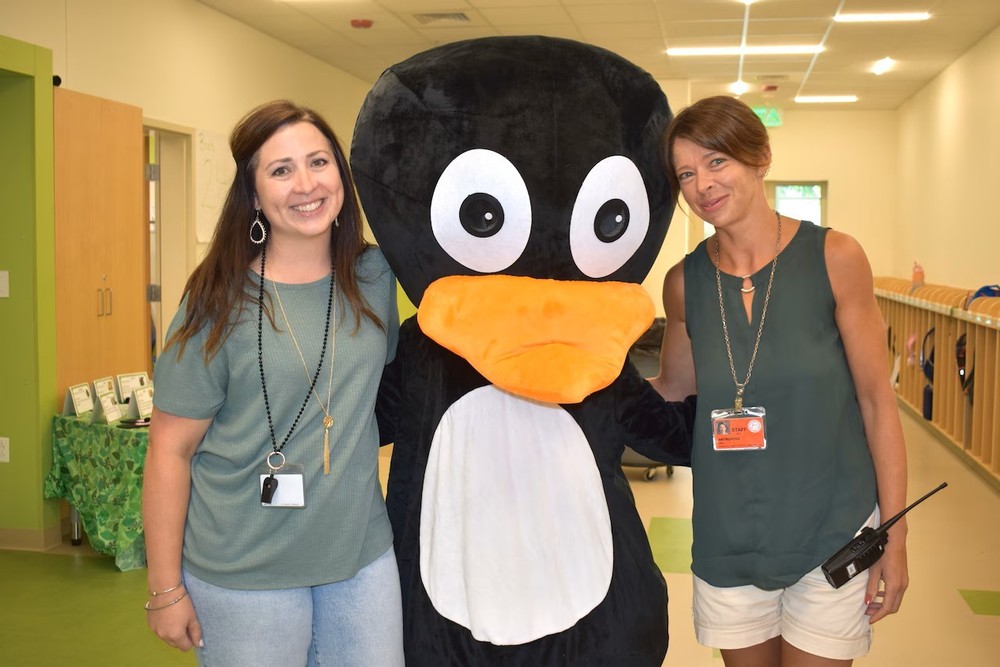The Westfield River Elementary School hosted this year’s Summer Academy for 100 rising first to fourth graders from July 7-31, led by Kate Perez, 5-12 math supervisor, and Anna Antropova, pre-K to 12 English language learners program supervisor.
Students were recommended by their principals for the grant-funded program, which also offers support for reading and math in a block each day, with math intervention taught by Tom Blessis and reading intervention by Kristen Goughlan.
Approximately 40% of the students enrolled are in the English language learners' program. “You can see the joy on their faces. They are very excited and love being here, and the building is very comfortable,” said Antropova about the Summer Academy.
They also eat lunch together and have a lot of fun. Each sunny day during recess, teachers walked the students to the splash park on Hubbard Street, as the elementary playground in the back of the school is not yet finished.
“They love the walk and pushing the button to cross the street,” said Antropova. She said everybody they met along the way was very friendly, and the children always got passing trucks to honk at their request.
Perez said using the crosswalk and learning how to only push one button was an extra lesson for this year’s academy students.
On July 30, the second to last day of camp, teachers and administrators from throughout the district visited the Summer Academy during the student showcase, to hear and see what the students had learned and created during their hands-on Project Lead the Way modules. Students also demonstrated their projects to students in other grades.
Project Lead the Way is a pre-K-12 science and engineering program used in Westfield schools, that provides all of the materials for each unit to facilitate problem-solving through hands-on learning. Teachers use PLTW modules as the foundation for learning while building skills in the areas of math and literacy.
First graders were proud to show the mazes they had coded for directional movement — over, under, through and around — to direct special robots to a hidden item.
“What they’re trying to do is program a robot into getting to a treasure and going around obstacles,” said Diana Kelly, who teaches the first graders with Sarah Page, Adreanna Nadeau and Kaitlin Cote.
In grade two, co-taught by Kim Avery and Svetlanna Peshkov, students learned about animal adaptations to their environments. As a closing project they created a shoe for people in the Arctic, using what they learned from plants and animals by adding extra structure and warmth for shoes.
Raphael Ousiichuk reinforced his book with a layer of popsicles for protection, Noah Daley waterproofed his boot with plastic wrap and cotton pom-poms for warmth, and Dylan Agualsaca loaded his up with pom-poms.
Third graders studied designs inspired by nature that help animals to survive and then designed models for an outdoor shelter based on their investigations.
Ilona Kovaliuk made a treehouse model with a trap to keep away predators and Nelly Kirpichev made a shelter out of brightly colored feathers, which she said was designed to chase the bad animals away. Third grade was taught by Megan McPherson and Leah Kuzon.
Students in fourth grade, taught by Kelly Paradis and Jenny Meadow, studied the science of flight and Newton’s Laws of Motion. They constructed and tested a model glider to understand aerodynamics and demonstrated flying their gliders to the visitors for the student showcase.

